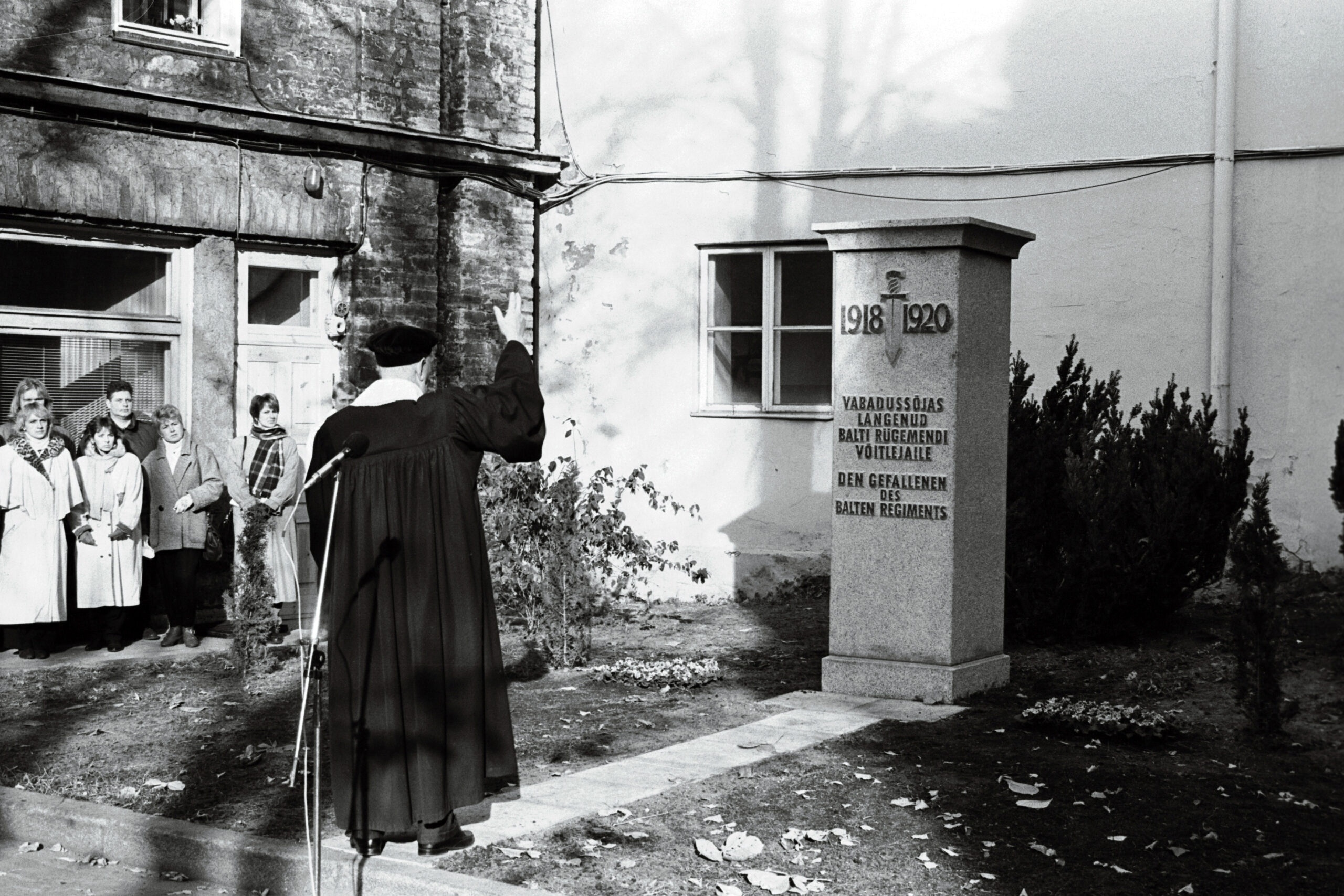The beginning of academies in Europe
The first academies of sciences were founded in Europe in the 17th century. Their creation was due to the fact that the rulers wanted wise advice. The rulers of the time themselves may not have been interested in science, but they were often accompanied by influential figures who could appreciate knowledge.
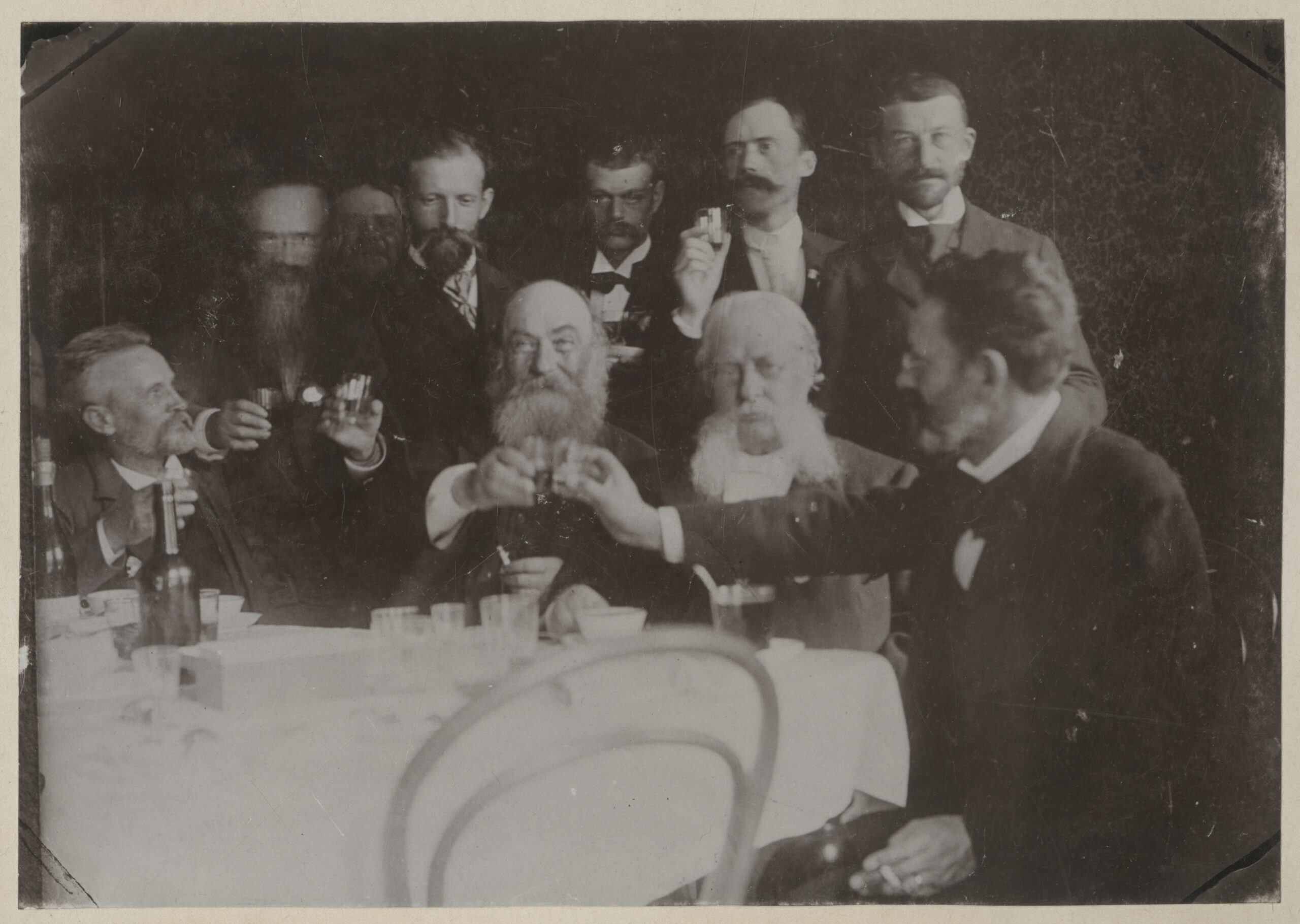
In Russia, which had hitherto developed in the wrong direction on the periphery of Western civilization, the academy had to be founded together with a university and a academic gymnasium, because there was practically no education system. This was done with the ukase of Emperor Peter I in 1724. The Imperial St. Petersburg Academy of Sciences included about hundred scientists who were from or closely associated with Estonia, such as Karl Ernst von Baer, Alexander von Bunge, Alexander von Middendorff, Georg Friedrich Parrot, Georg Wilhelm Richmann, Peter Carl Ludwig Schwarz, Friedrich Georg Wilhelm von Struve, Otto Wilhelm von Struve et al.
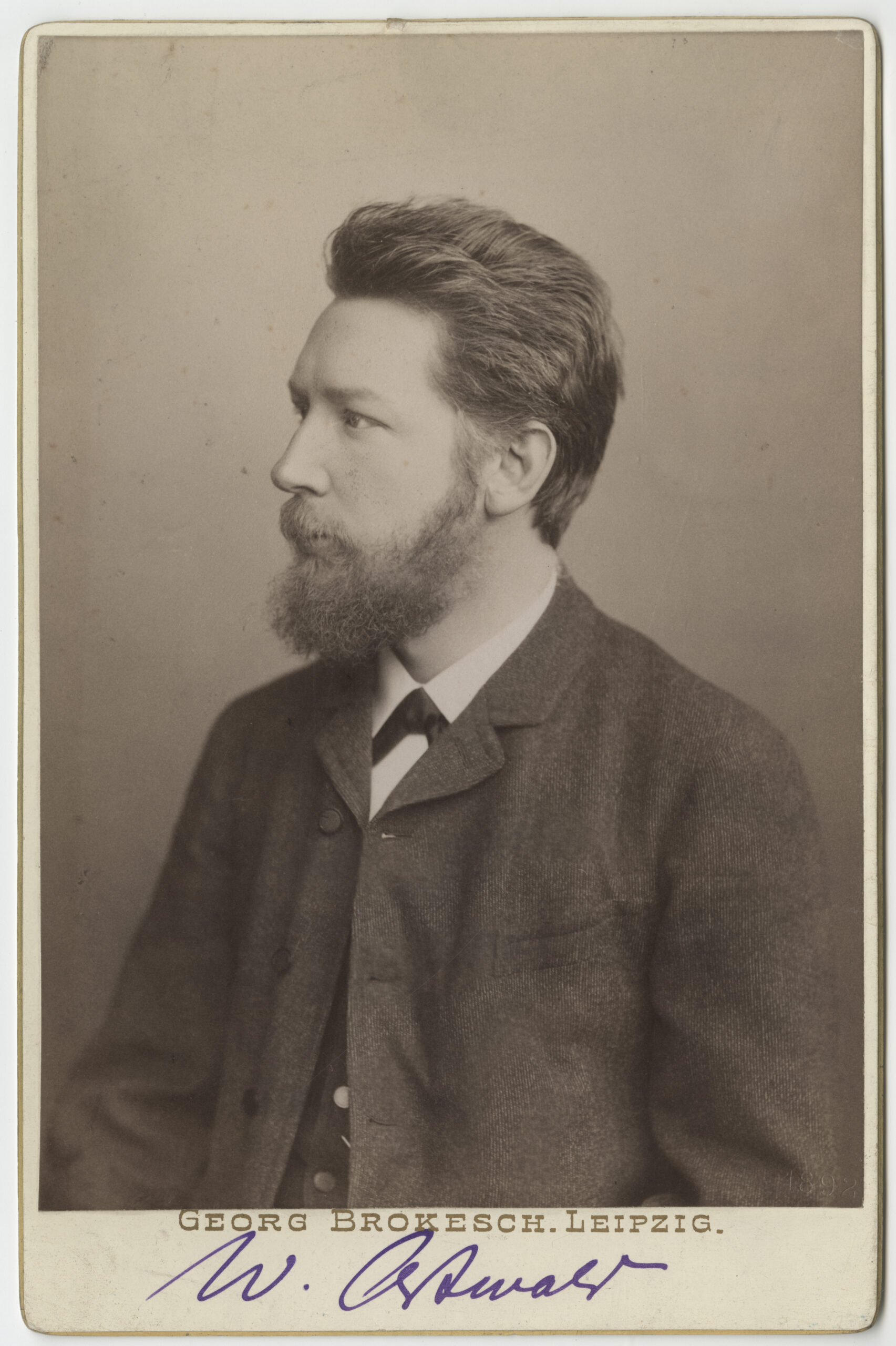
The beginning of the Estonian Academy of Sciences 1938-1940
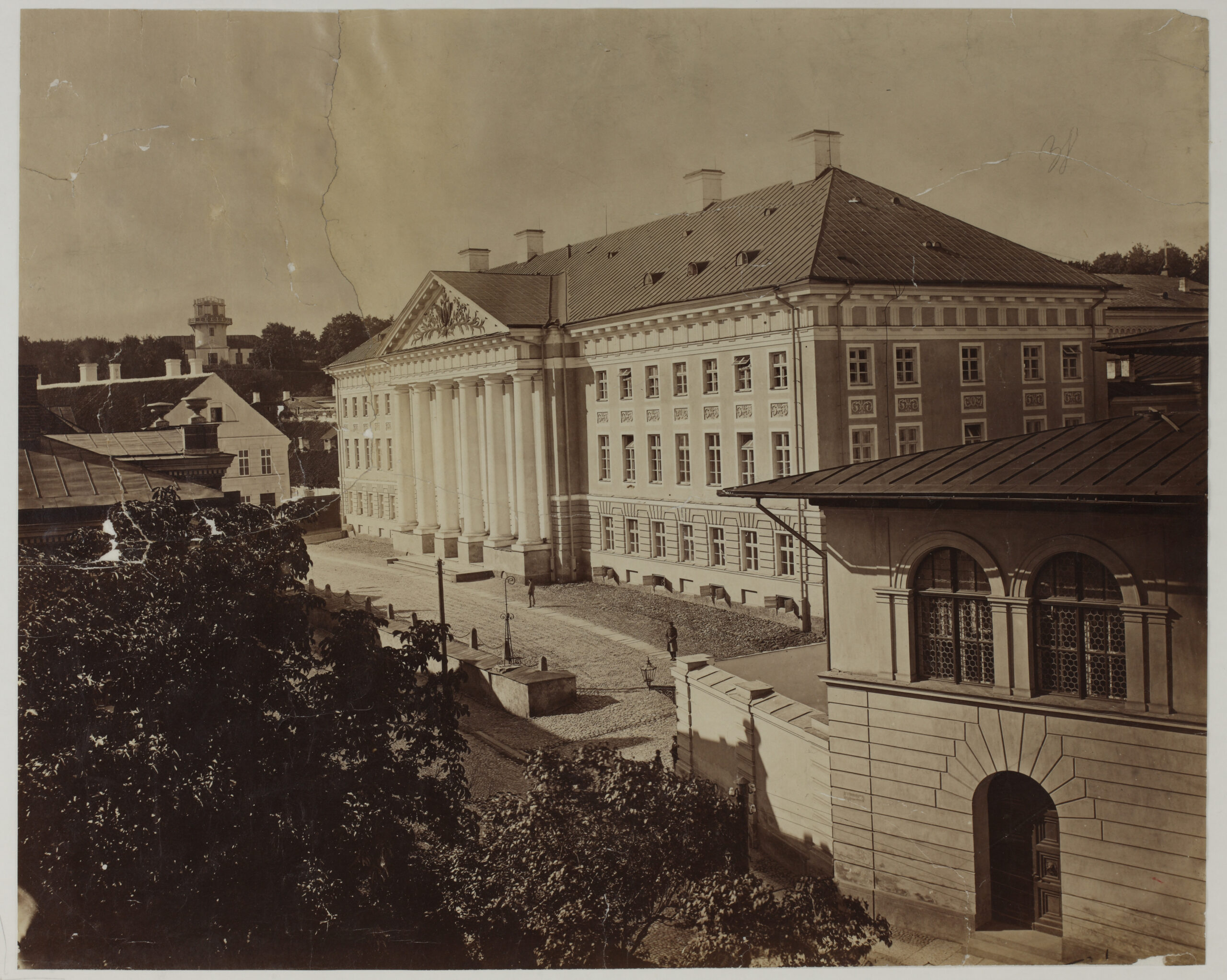
The first research societies operating with the University of Tartu were established in Estonia in the 19th century and they laid an important foundation for local science. The ideas of founding the Estonian Academy of Sciences arose at the same time as Estonia's independence. However, this was not achieved because there was a shortage of Estonian scientists at that time, and besides that, there were more important challenges for the young country, such as launching a national university and education system in its own language.
By the second half of the 1930s, the situation in Estonian science and education had changed a lot. The Estonian Academy of Sciences was founded on January 28, 1938, based on the Estonian Academy of Sciences Act issued by decree of the President Konstantin Päts. According to the decree, the autonomous academy was subordinated to the Ministry of Education. The law entered into force after its publication in the Riigi Teataja on February 7, 1938.
The first plenary session of the Academy of Sciences took place on April 20, 1938 in the hall of the Council of the University of Tartu. Karl Schlossmann was elected President of the Academy. The formal opening meeting was held on October 22 with the participation of President Päts in the hall of the Estonian Chamber of Commerce and Industry in Tallinn. After the loss of independence in June 1940, the Estonian Academy of Sciences was liquidated by a law signed on July 17 by Julius Semper, the Minister of Education of the pro-Communist puppet Government.
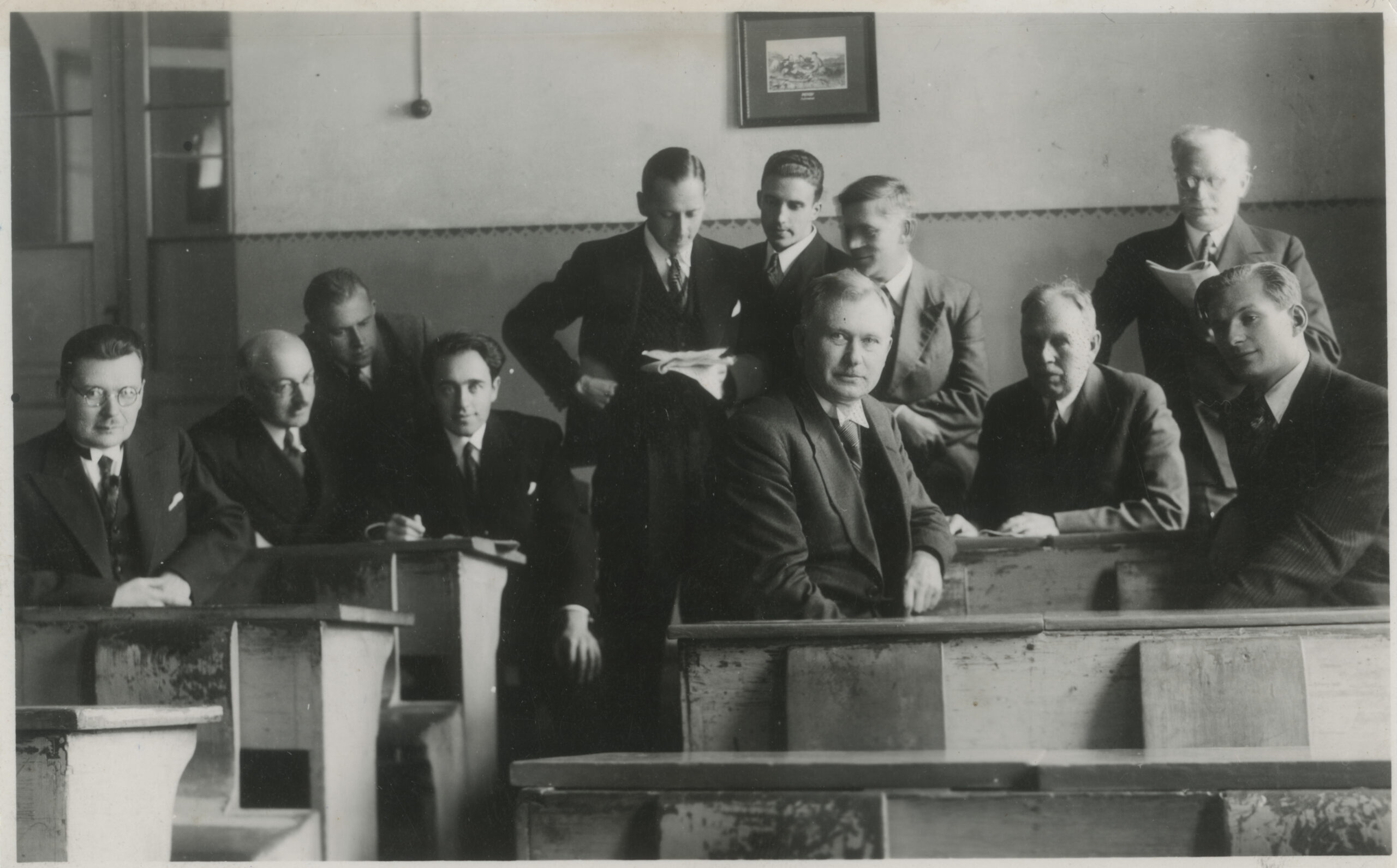
Soviet Academy of Sciences in Estonia 1946-1991
On June 28, 1945, the Soviet authorities issued a decree "On the Restoration of the Academy of Sciences". On April 5, 1946, Arnold Veimer, Chairman of the Council of Ministers of the Estonian SSR, signed a decree on the composition of the Estonian SSR Academy of Sciences. Historian Hans Kruus was appointed the first president of the Estonian SSR Academy of Sciences. On the same day, the Council of Ministers of the Estonian SSR also approved the statutes of the academy. On April 6, 1946, the first meeting of the General Assembly of the Estonian SSR Academy of Sciences took place in the white hall of Toompea Castle.
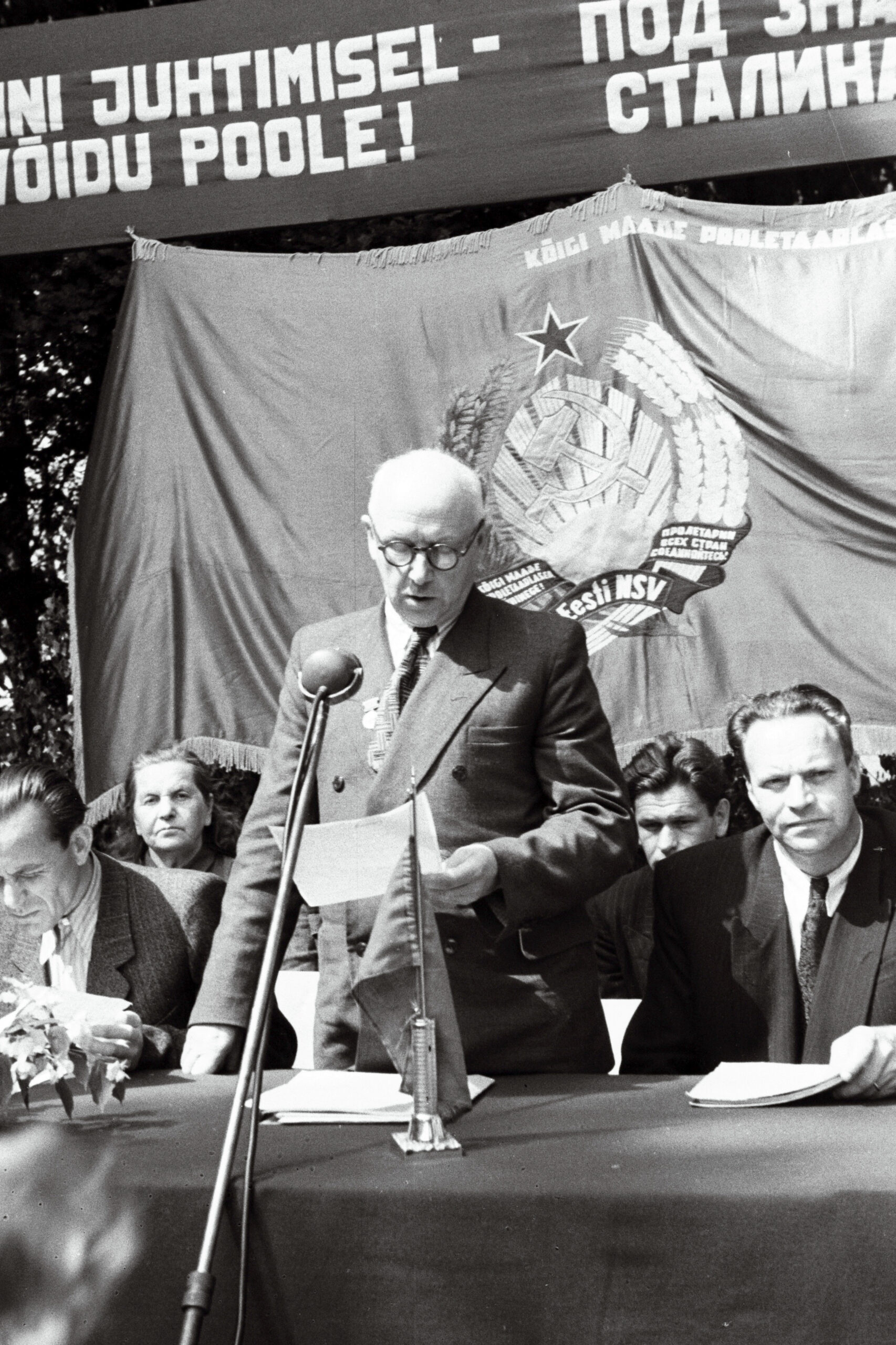
From 1947 onwards, the academy came under increasing ideological pressure. The promotion of trustworthy peole to the structures of the Academy of Sciences was called for. In the following years, a large number of people who were distrusted by the Soviet authorities were fired from the Academy of Sciences system and repressed. In 1950, Hans Kruus, President of the Academy of Sciences, was dismissed from office and arrested. After Stalin's death in 1953, pressure on the academy eased. From 1956, researchers were once again able to focus more on research. Together with the Khrushchev Thaw, there was an opportunity to establish ties with foreign countries, and from 1956, Estonian researchers again had the opportunity to go on official trips abroad. Working conditions also improved.
In the 1970s and 1980s, the Soviet Union possesed large resources to support various fields. Science also received more financing. At the same time, this period is characterized by the subordination of all fields of activity to the control of the central government. Researchers learned to orient themselves better in these circumstances, and the research funding received by the party's decisions also improved. At the same time, the state authorities preferred to see quantity rather than quality during this period, which in turn made the activities of researchers and research institutions more complex.
After Mikhail Gorbachev came to power, attempts were made to reverse the centralization process and give more decision-making power to the local level. The general management of the sciences of the Estonian SSR were also passed from the Moscow authorities to the Tallinn ones. The activities of the Academy of Sciences hanged dramatically in 1988 and 1989. Estonian society underwent rapid changes and the Academy of Sciences did not lag behind. The 1988 General Assembly decided to amend the Articles of Association. The new statutes were adopted by the General Assembly on 6 April 1989. The Academy declared itself the legal successor of the Estonian Academy of Sciences, founded in 1938, and increased its autonomy from the institutions of the Estonian SSR and the Central Apparatus and the Soviet Academy of Sciences.
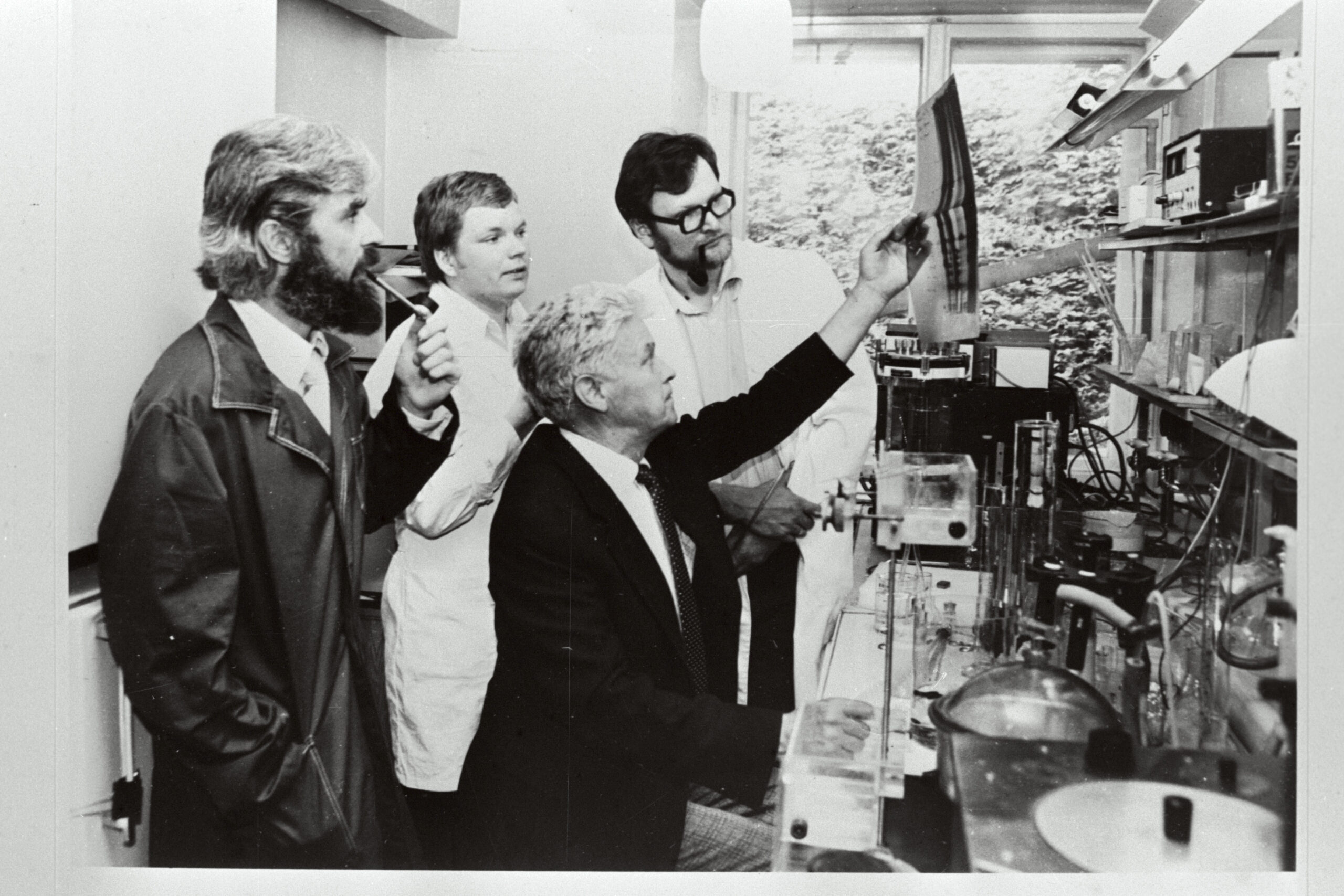
In Independent Estonia 1991-…
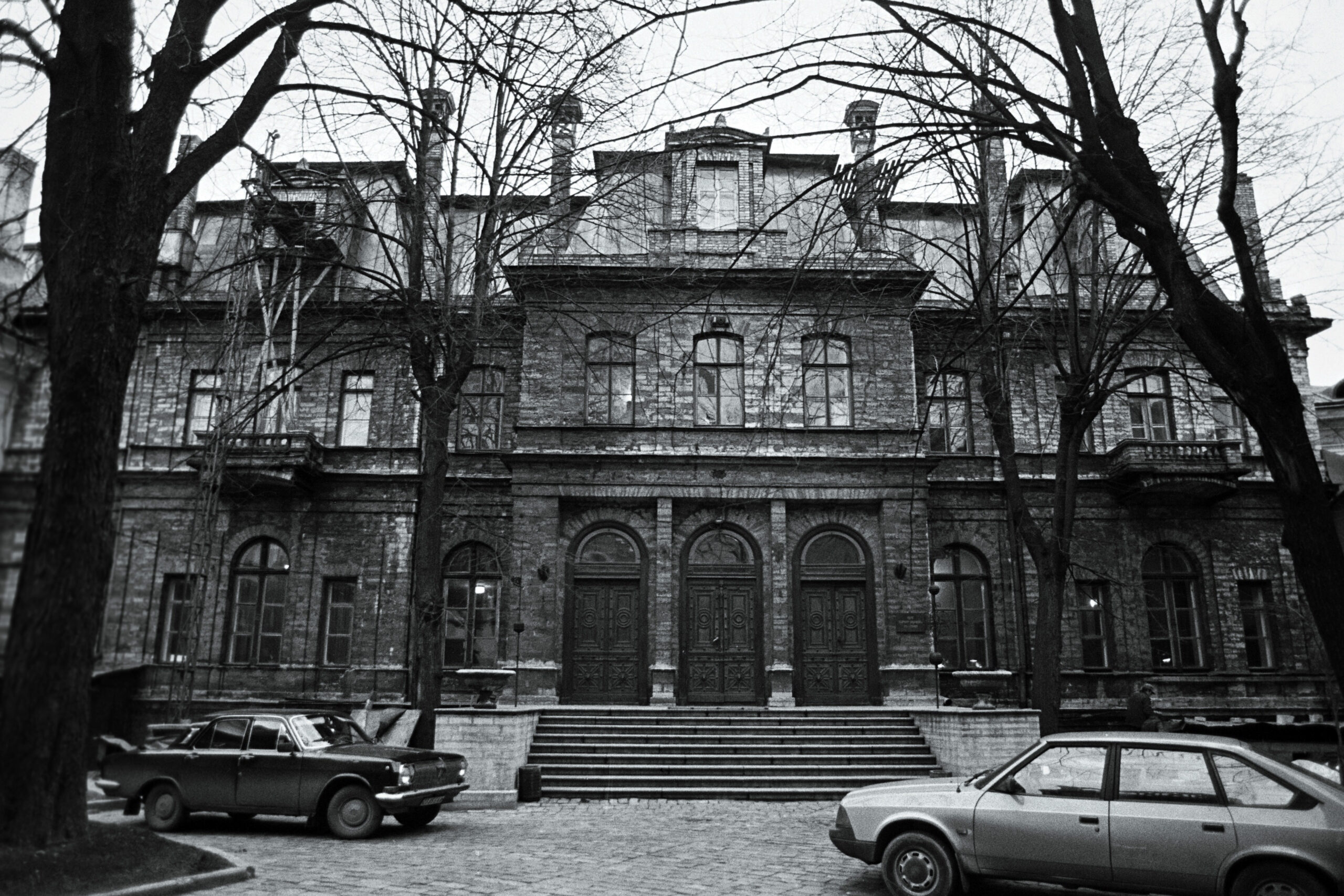
Estonia's independence in 1991 meant the end of the Soviet system of the Academy of Sciences, because a small country and nation lacked the resources to maintain such an apparatus. Already in 1991, the Estonian Association of Researchers called for the dismantling of the current system and the transformation of the Academy of Sciences into a personal academy. This was to be accompanied by the transfer of research institutes and other institutions of the Academy of Sciences to universities. An evaluation report was ordered from the Swedish Academy of Sciences in 1991, which was completed in 1992 and in principle supported the calls of the Association of Researchers. The Academy of Sciences was criticized for lack of communication and cooperation with universities, low publication and a complex and exaggerated structure.
In 1995, the Academy of Sciences adopted a new statute, which stated that the main activity of the Academy is to provide scientific advice. The 1995 statutes gave a major role in shaping the activities of the Academy to the President elected for five years, who was given the general management of the Academy and representative functions in Estonia and abroad. The day-to-day running of the Academy was to be organized by the Chancellery under the leadership of an elected Secretary-General for five years.
President Jüri Engelbrecht headed the academy with new statutes from 1994-2004. During his time, on 16 April 1997, the Riigikogu passed the Estonian Academy of Sciences Act, which guaranteed the Academy the status of an autonomous person in public law. In addition, the Presidents have achieved the increase of both visibility and role of the Academy in Estonian society under Presidents Engelbrecht, Richard Villems (2004-2014) and Tarmo Soomere (2014-…), and a number of research societies and institutions have been associated with the Academy. In those years, the Academy of Sciences became an important research center, within the framework of which the planning, organization and coordination of the activities of the scientific community are carried out.
